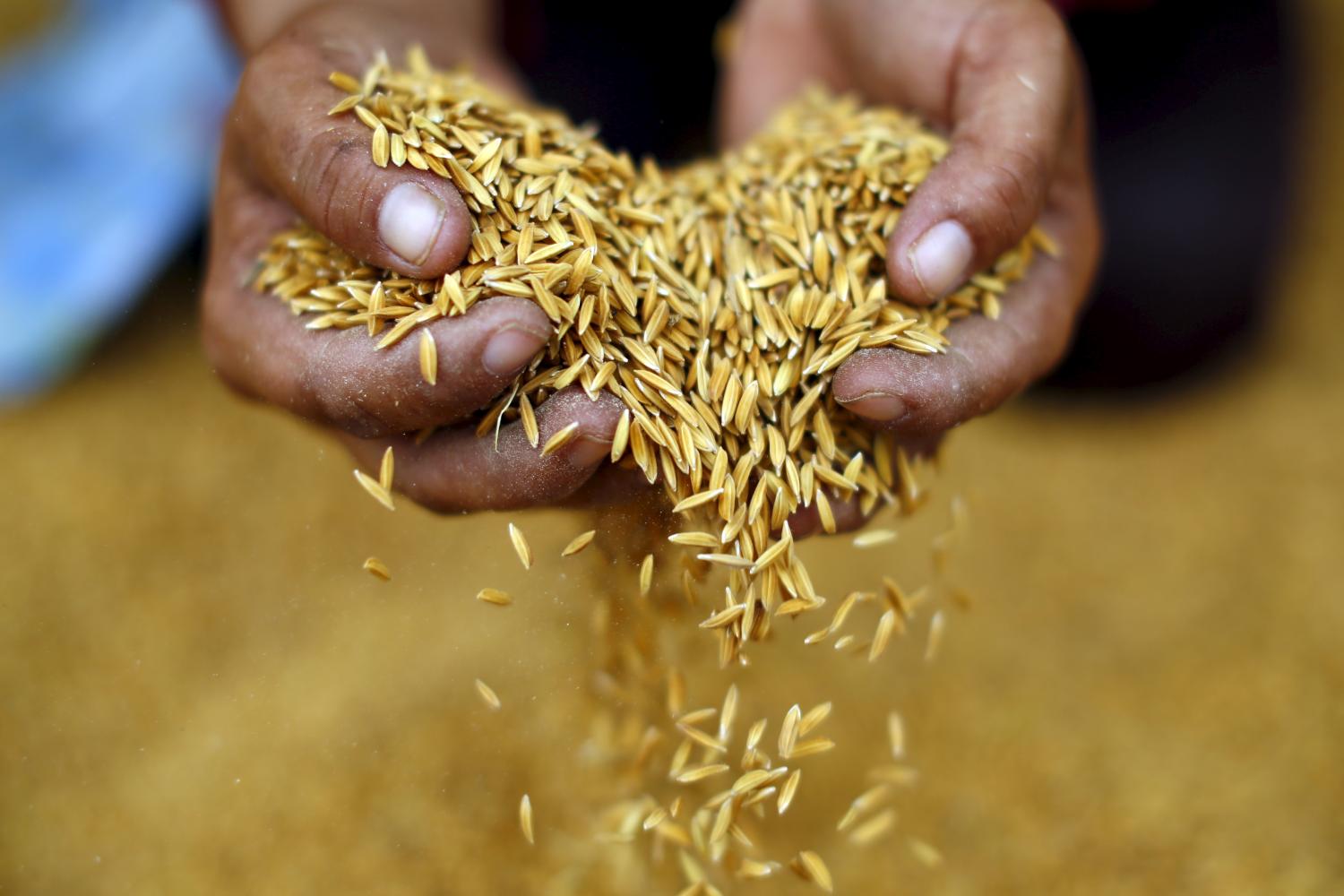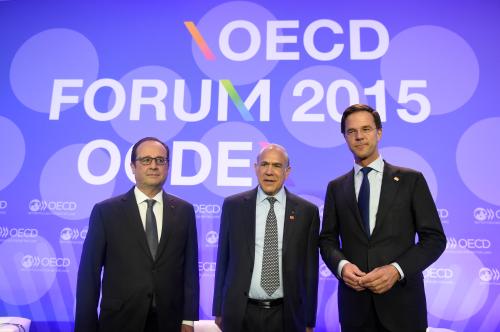There has been much discussion recently of creating additional measures of international development cooperation, starting with the so-called Total Official Support for Sustainable Development, or TOSSD, which has been spearheaded by the Development Assistance Committee (DAC) of the Organization for Economic Co-operation and Development (OECD) (See Box 1). The DAC oversees the production of statistics on official development assistance (ODA), and the committee is now proposing to also measure the full array of officially-supported development finance that contributes to the 2030 Agenda for sustainable development. Encouragingly, as the new definition promises to have far-reaching implications, the process to formalize TOSSD has included an open, inclusive, and transparent discussion, as agreed to in the Addis Ababa Action Agenda.
The main innovations being proposed by the OECD would recognize the value of resources supporting development enablers or addressing global challenges.

We have briefly contributed to this debate and suggested among other things that spending on global public goods should be included, but that the definition of such goods should be bounded sensibly; that it is vital to measure South-South cooperation properly by expanding coverage of reporting countries and by valuing it, if possible, according to outcomes instead of costs; and that since the new measure should support the Sustainable Development Goals (SDGs), those tracking it should have the necessary legitimacy to do so. We also suggested a different, simpler name: International Development Contributions (IDC).
However, in this note we step back from normative debates of what should be included or excluded from TOSSD/IDC and instead explore the practical challenges of measurement. Part of the reason for stepping back is that, outside a diehard group of United Nations and DAC experts perhaps, it is not obvious that there is any major political constituency that is particularly keen to hear the details of this story. Most are more interested in the big picture trends and, indeed, we have found it surprising to see how little is understood about non-ODA flows, despite acknowledgement that these will be critical to achieving the SDGs. The demand for a better system of measurement of international development contributions therefore needs to be created and arguing the finer definitional points, or about who should be in charge of the housekeeping, will not do that. It may even stand in the way.
So for this reason, it’s important to break down the argument for new measurement techniques as simply as possible: If useful information can be provided relatively cheaply, then there is a strong case to make it accessible and improve the transparency of development cooperation. On the other hand, if a large new statistical exercise is required, the cost-benefit calculus becomes more complex.
We find that there are already several ways to improve the understanding of the broad patterns of global development cooperation, but that the data must be drawn from alternative sources. This raises issues of how information is compared between sources because each may differ in how they collect and sort data. In some cases, we find striking differences between organizations in their estimates of the same variable. Even after acknowledging that differences in fiscal years, exchange rates, and other statistical techniques mean that identical estimates from different organizations should not be expected, the order-of-magnitude differences suggest that improvements in statistical quality is at least as important as refinements in the coverage of data (more countries, private philanthropy) and the concepts of what to include (guarantees, public goods).






